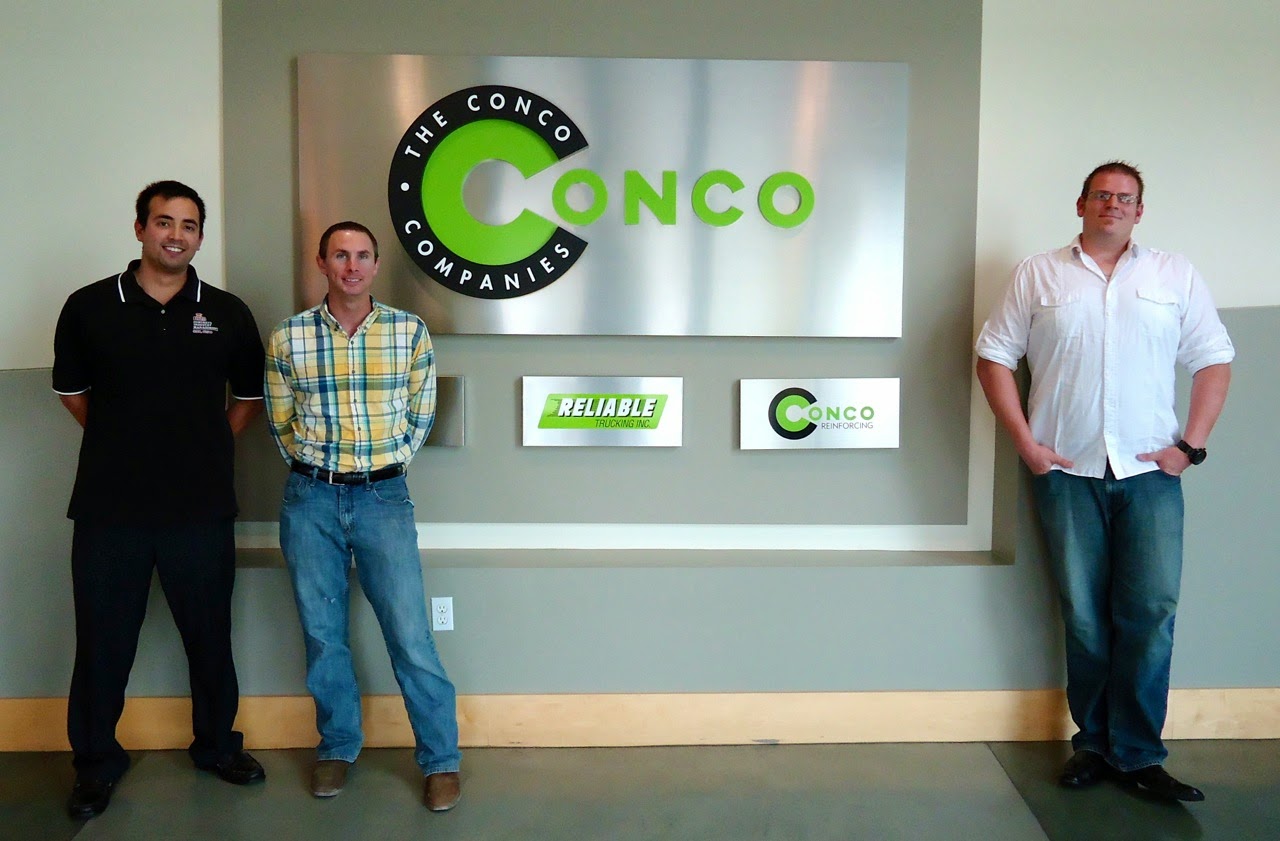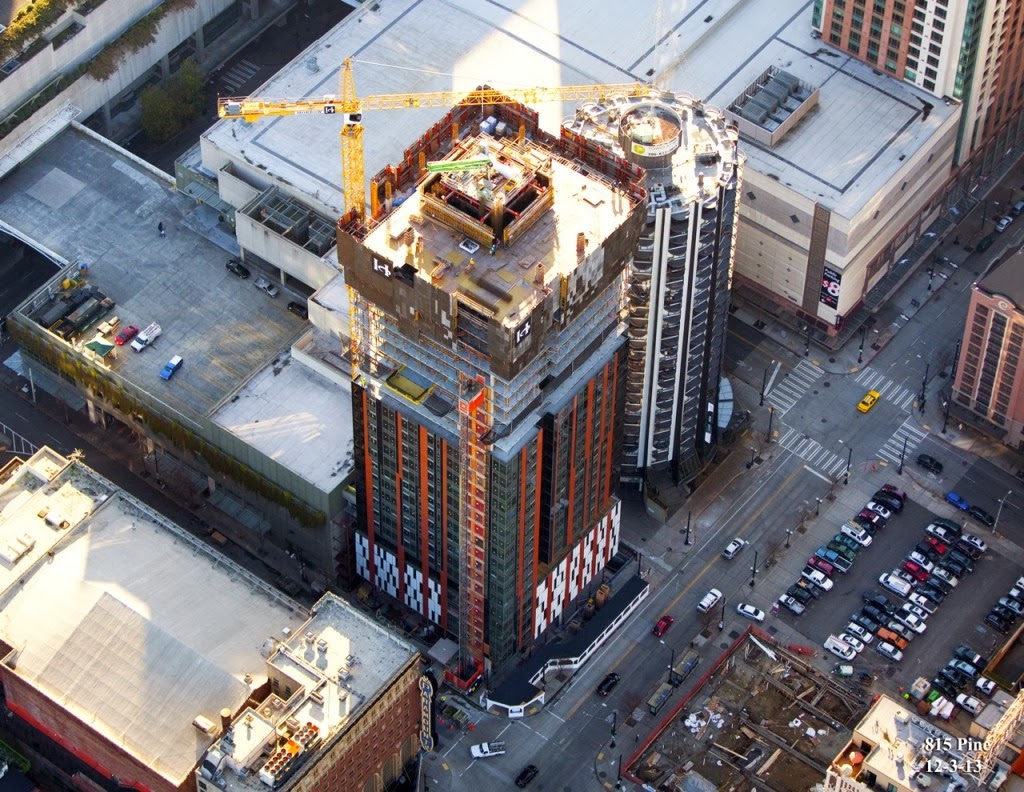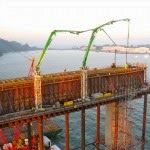According to the National
Ready Mix Concrete Association (NRMCA), concrete’s “environmentally friendly
features make it the building material of choice for sustainability....meeting
present needs without compromising the ability of future generations to meet their
own needs.” Concrete fits the criteria
of being “green” by using environmentally responsible resources efficiently
throughout a building’s life-cycle. The
life-cycle assessment (LCA) takes into account the following: site selection, design,
construction, operation, maintenance, renovation, and demolition of a structure.
Contributing to its
sustainability, the major raw material used for the cement in concrete is
limestone, and happens to be the most abundant mineral on earth. Also other materials that are frequently
added to concrete such as fly ash or silica fume come from industrial waste
products.
Another reason concrete is
“green” is it is extremely durable.
Concrete structures last for decades and during their lifetime require
very little maintenance. Then, once a
building has served its purpose, the concrete is crushed and recycled to be
used in other building projects such as road beds or backfill.
Recent improvements in the
manufacturing process and technological advancements have made concrete
stronger and more versatile than ever. High-performance
concrete has allowed many of today’s skyscrapers, bridges, stadiums, and industrial
and commercial buildings possible. Another
environmentally friendly benefit offered by high-performance concrete is its inherent
thermal mass. This allows buildings to
be more energy efficient by controlling daily temperature fluctuations that
occur within the buildings and helps to keep heating and cooling cost
down.
Concrete, unlike other
building materials, is specifically designed for a project so there is very
little waste. Even the light color of
concrete has benefits by offering reflectivity that helps to reduce what is
referred to as a “heat island effect.” Light-colored
pavement and concrete roofs absorb less heat, and thereby, reflect solar rays.
Sources:
concretenetwork.com/concrete/greenbuildinginformation/what_makes.html nrmca.org/greenconcrete/
Conco
is a leading supplier of concrete services for the Western United States. We
got our start in the Bay Area in 1959 by offering clients the best value on a
wide range of concrete services and products.
Since that time, we have taken a leading role as one of the top concrete
contractors in the region. We have four regional offices serving California,
Washington, Oregon, Nevada and Colorado.









